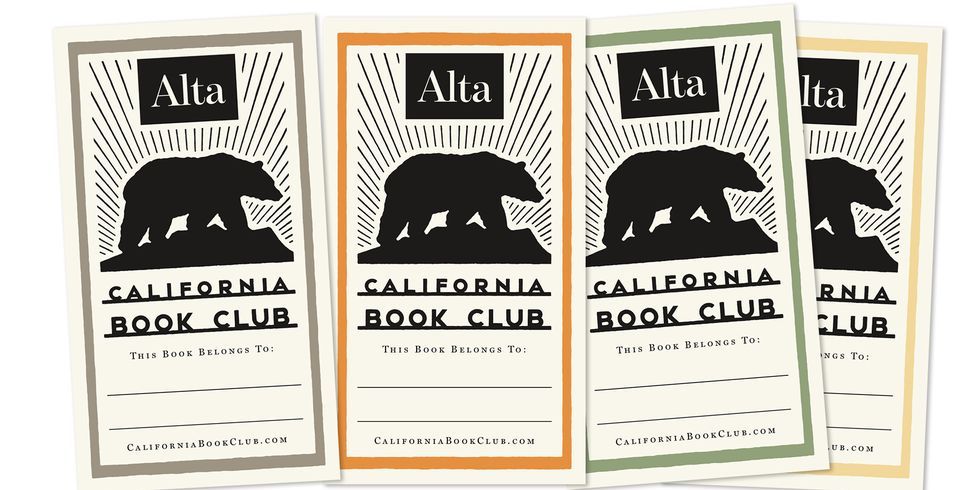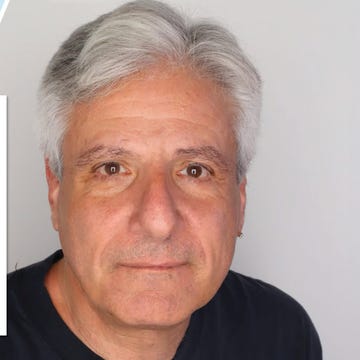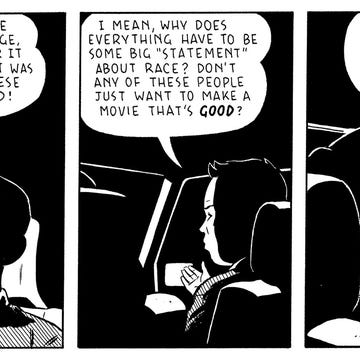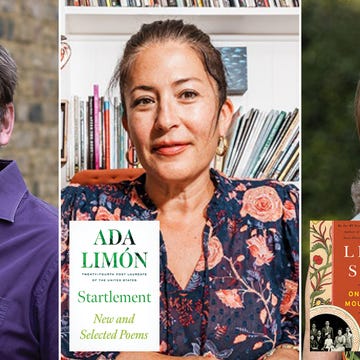When the Eaton Fire blazed through our neighborhood in early 2025, we evacuated, thinking we might lose everything. We were lucky. The fire stopped just two blocks north of our home, leaving our neighborhood intact. When we returned, National Guard troops stood at every corner. Inside, you could see, feel, and smell the smoke. But what I noticed most was the eerie quiet: no birds, no calls, no songs, just silence.
I’m sometimes surprised to find myself, at this phase in my life, thinking so much about birds. After all, I’m an urban historian. I’ve spent my career thinking about how people use cities: how they move around, where they gather, the urban anchors that root communities. For a long time, birds were not on the map for me.
Sure, I was vaguely aware of them. There were the pigeons in Echo Park when I was a child, and the parrots many Mexican families I knew brought back from day trips to Tijuana. But birds always seemed like something other people cared about and, if I’m honest, mostly something white people cared about. Even in San Diego, in a bird-friendly neighborhood next to Balboa Park, their presence didn’t click. I saw them, but I didn’t really see them as another layer of the urban fabric.
That changed when we were forced into stillness during the pandemic. Suddenly, we were home, all the time. We ate outside more. I stared out the window more. I listened. And then I started noticing: That’s a mourning dove. No, wait, I see your poppin’ white collar—a Eurasian dove! That’s a hummingbird. That’s a different kind of hummingbird. There are that many kinds of hummingbirds?
In The Backyard Bird Chronicles, Amy Tan beautifully describes her part in world-making for birds in her neighborhood, both the regulars and those just passing through as they migrate hundreds, even thousands, of miles. That resonated with me. Like us, the birds are moving around, gathering, place-making, finding anchors for their communities.
We started hosting our bird friends, putting up feeders, and more feeders, and different types of feeders. My husband became their steward, battling squirrels who leaped between chairs and feeders with Cirque du Soleil grace, hanging upside down by their toes to get at the seed. The birds felt our attention. They made themselves known. A pair even nested in the light fixture above our porch.
Not everything we saw was soothing. One day, a hawk perched in our hundred-year-old oak. We marveled at its power, then realized it was tearing apart another living being—maybe a squirrel?—claw on the throat, beak in the carnage. In our leafy Pasadena neighborhood, this rare green island in sprawling, paved Los Angeles, we’re part of an ecosystem. I’m a Unitarian, and one of our core principles is “respect for the interdependent web of all existence.” Being in community with the birds helped me not just see that but feel it.
That awareness made the quiet after the Eaton Fire even more unsettling. No parrots squawking in biblical flocks. No black-and-white acorn woodpeckers with their flash of red wings pecking palms. No crows dive-bombing a hawk and shouting, Hey, buddy, this block’s taken! Just quiet. Our neighborhood had physically survived, but something had been evacuated from it. It no longer felt like ours.
And then, one day, there was a single birdcall. Like a question. Hello? Is anyone else out there? I heard it and felt myself answer: Yes. I’m here.
Inspired by her nature-journaling instructor John Muir Laws’s advice and knowledge, Tan relied on a mantra for her approach: Be the bird. That line stuck with me. During those months after the fires, I imagined that bird, a scout, a survivor, a returnee calling out across the emptiness. I pictured it the way I once pictured myself during the pandemic: aware that something had ended, unsure what would begin. Are you out there? Are we safe? What’s next?
We build our neighborhoods not only with houses and sidewalks and public-transit lines, but with the things we pay attention to and who and what we value. The people, the connections, the interweaving of human and nonhuman. The mourning doves, house sparrows, oak titmice, northern mockingbirds, the dark-eyed juncos, finches, the black phoebes, California towhees, the hawk in the oak, the squirrel on the feeder. They are not background to urban life; they are part of our interconnected web.
That’s what Tan gives us in The Backyard Bird Chronicles, not just notes about birds, but a new way of seeing, of being. Her book is literal world-building: She transforms her yard into a sanctuary, and in the process, she becomes more fully part of the larger world. Her pages remind me of what I, too, felt: the losses, the returns, the eerie beauty of waiting for something to come back. Who are we now?•
Join us on Thursday, September 18, at 5 p.m. Pacific time, when Tan will sit down with CBC host John Freeman and special guest John Muir Laws to discuss The Backyard Bird Chronicles. Register for the Zoom conversation here.
CHARTING A COURSE
Lynell George interviews Susana M. Morris about her biography Positive Obsession: The Life and Times of Octavia E. Butler. —Alta
WRITER’S ROOM
Alta Journal books editor Anita Felicelli interviews Joanna Howard about the inspiration for her novel Porthole. —Alta
SERVICE TO LITERARY COMMUNITY
This year, Southern California–based writer Roxane Gay will receive the annual Literarian Award from the National Book Foundation. Read a profile of the prolific author. —Los Angeles Times
BUY TICKETS!
John Freeman and Rebecca Solnit will be in conversation at Litquake about California Rewritten on Wednesday, October 22, at 7:30 p.m. at the Verdi Club in San Francisco. —Eventbrite
Alta’s California Book Club email newsletter is published weekly. Sign up for free today.

















